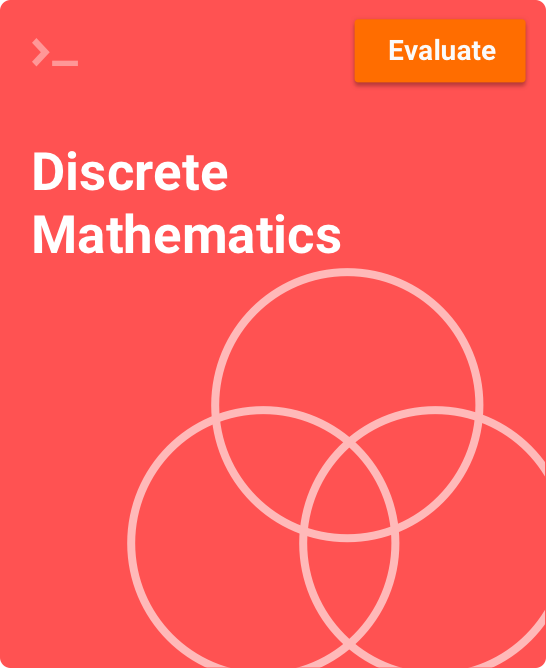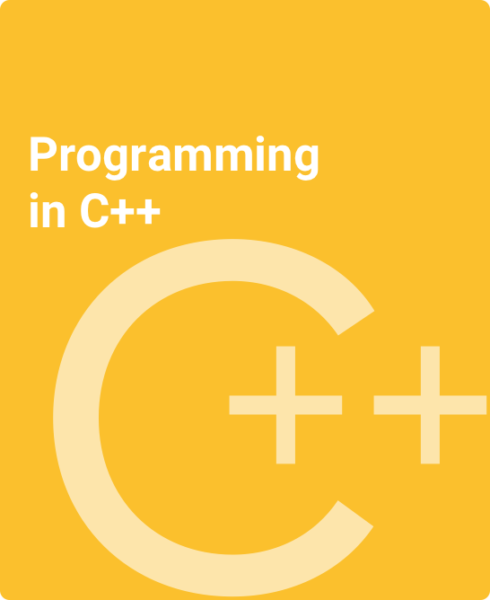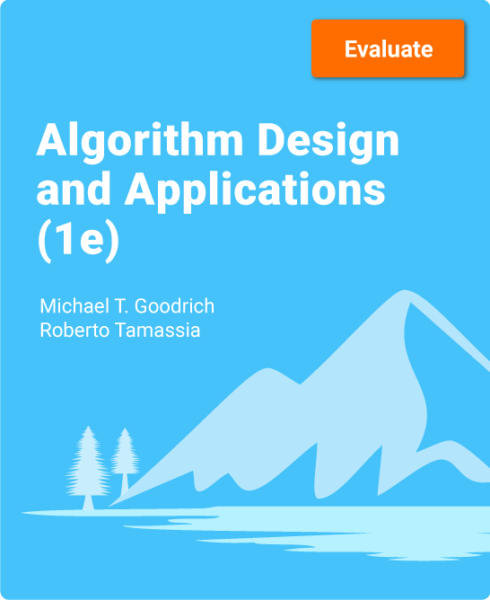Table of Contents
1. Logic
1.1 Propositions and logical operations
1.2 Evaluating compound propositions
1.3 Conditional statements
1.4 Logical equivalence
1.5 Laws of propositional logic
1.6 Predicates and quantifiers
1.7 Quantified Statements
1.8 De Morgan’s law for quantified statements
1.9 Nested quantifiers
1.10 More nested quantified statements
1.11 Logical reasoning
1.12 Rules of inference with propositions
1.13 Rules of inference with quantifiers
2. Proofs
2.1 Mathematical definitions
2.2 Introduction to proofs
2.3 Best practices and common errors in proofs
2.4 Writing direct proofs
2.5 Proof by contrapositive
2.6 Proof by contradiction
2.7 Proof by cases
3. Sets
3.1 Sets and subsets
3.2 Set of sets
3.3 Union and intersection
3.4 More set operations
3.5 Set identities
3.6 Cartesian products
3.7 Partitions
4. Functions
4.1 Definition of functions
4.2 Floor and ceiling functions
4.3 Properties of Functions
4.4 The Inverse of a function
4.5 Composition of functions
4.6 Logarithms and exponents
5. Boolean Algebra
5.1 An introduction to Boolean algebra
5.2 Boolean functions
5.3 Disjunctive and conjunctive normal form
5.4 Functional completeness
5.5 Boolean satisfiability
5.6 Gates and circuits
6. Relations / Digraphs
6.1 Introduction to binary relations
6.2 Properties of binary relations
6.3 Directed graphs, paths, and cycles
6.4 Composition of relations
6.5 Graph powers and the transitive closure
6.6 Matrix multiplication and graph powers
6.7 Partial orders
6.8 Strict orders and directed acyclic graphs
6.9 Equivalence relations
6.10 N-ary relations and relational databases
7. Computation
7.1 An introduction to algorithms
7.2 Asymptotic growth of functions
7.3 Analysis of algorithms
7.4 Finite state machines
7.5 Turing machines
7.6 Decision problems and languages
8. Induction And Recursion
8.1 Sequences
8.2 Recurrence relations
8.3 Summations
8.4 Mathematical induction
8.5 More inductive proofs
8.6 Strong induction and well-ordering
8.7 Loop invariants
8.8 Recursive definitions
8.9 Structural induction
8.10 Recursive algorithms
8.11 Induction and recursive algorithms
8.12 Analyzing the time complexity of recursive algorithms
8.13 Divide-and-conquer algorithms: Introduction and mergesort
8.14 Divide-and-conquer algorithms: Binary search
8.15 Solving linear homogeneous recurrence relations
8.16 Solving linear non-homogeneous recurrence relations
8.17 Divide-and-conquer recurrence relations
9. Integer Properties
9.1 The Division Algorithm
9.2 Modular arithmetic
9.3 Prime factorizations
9.4 Factoring and primality testing
9.5 Greatest common divisor and Euclid’s algorithm
9.6 Number representation
9.7 Fast exponentiation
9.8 Introduction to cryptography
9.9 The RSA cryptosystem
10. Introduction To Counting
10.1 Sum and product rules
10.2 The bijection rule
10.3 The generalized product rule
10.4 Counting permutations
10.5 Counting subsets
10.6 Subset and permutation examples
10.7 Counting by complement
10.8 Permutations with repetitions
10.9 Counting multisets
10.10 Assignment problems: Balls in bins
10.11 Inclusion-exclusion principle
10.12 Counting problem examples
11. Advanced Counting
11.1 Generating permutations and combinations
11.2 Binomial coefficients and combinatorial identities
11.3 The pigeonhole principle
11.4 Generating functions
12. Discrete Probability
12.1 Probability of an event
12.2 Unions and complements of events
12.3 Conditional probability and independence
12.4 Bayes’ Theorem
12.5 Random variables
12.6 Expectation of a random variable
12.7 Linearity of expectations
12.8 Bernoulli trials and the binomial distribution
13. Graphs
13.1 Introduction to graphs
13.2 Graph representations
13.3 Graph isomorphism
13.4 Walks, trails, circuits, paths, and cycles
13.5 Graph connectivity
13.6 Euler circuits and trails
13.7 Hamiltonian cycles and paths
13.8 Planar graphs
13.9 Graph coloring
14. Trees
14.1 Introduction to trees
14.2 Tree application examples
14.3 Properties of trees
14.4 Tree traversals
14.5 Spanning trees and graph traversals
14.6 Minimum spanning trees
What You’ll Find In This zyBook:
More action with less text.
- ~750 participation activities: Questions, animations, tools
- Exceptionally visual presentations: Animations of normally hard DM concepts
- Seamlessly integrated auto-generated and auto-graded challenge activities
- Includes hundreds of end-of-section exercises
The zyBooks Approach
Less text doesn’t mean less learning.
A visually animated interactive introduction to discrete mathematics. This zyBook demonstrates how to translate English descriptions of everyday scenarios into precise mathematical statements that can then be used for formal analysis. Applications are described so that students get a feel for how the mathematical tools they are learning will be applied later in their studies. The material is formed from years of experience teaching discrete math to undergraduates and contains explanations of many common questions and misconceptions that students have about this material. Foundational topics provide a pathway to more advanced study in computer science. Includes hundreds of end-of-section exercises with solutions for instructors, plus numerous auto-generated, auto-graded exercises.
Authors
Sandy Irani
Professor of Information and Computer Science, University of California, Irvine



